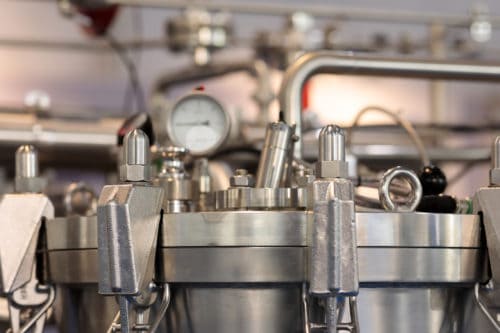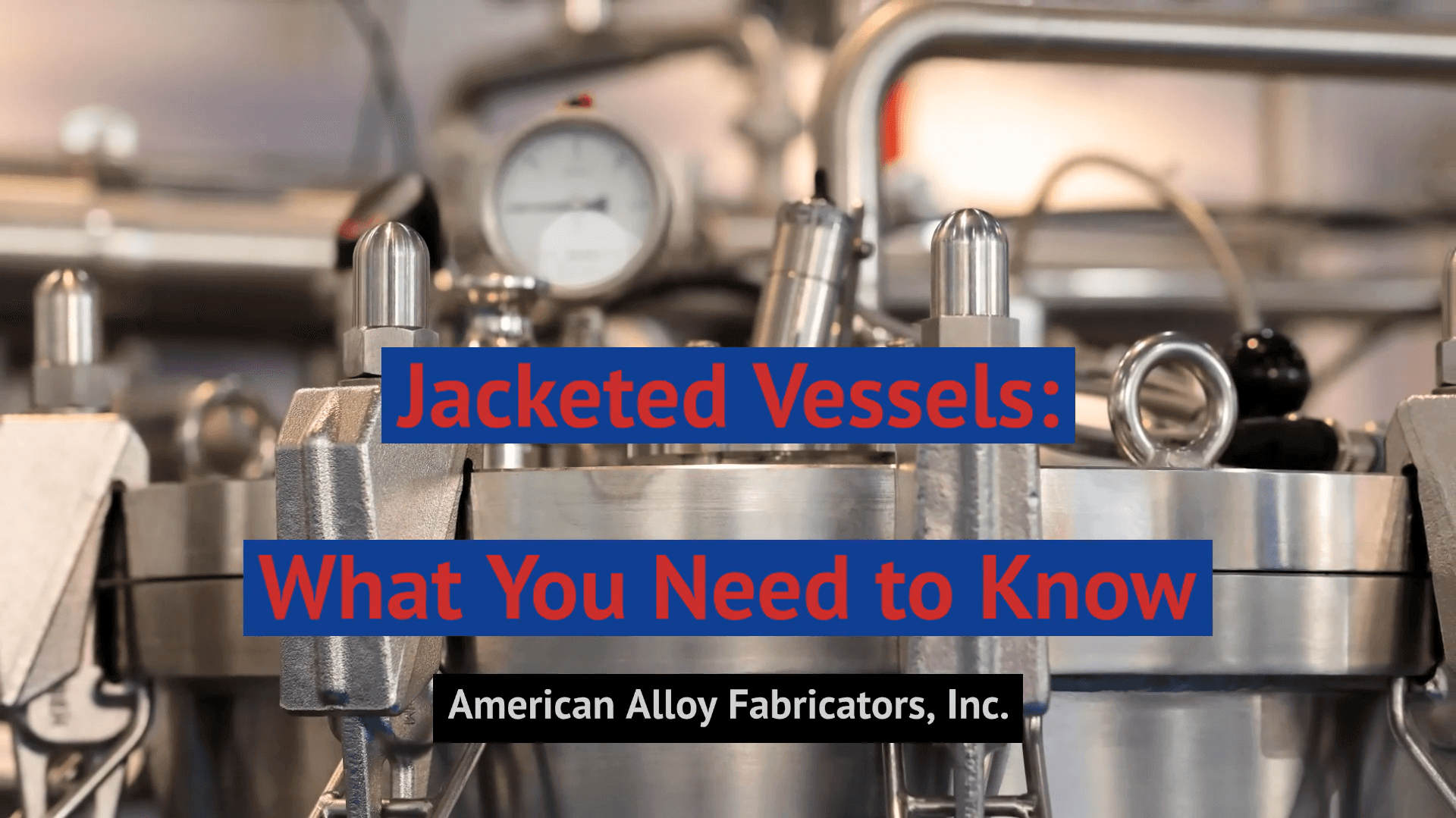Jacketed Vessels: What You Need to Know
Comments Off on Jacketed Vessels: What You Need to Know Many industries work with products that require processing or storage at specific, uniform temperatures to ensure performance and longevity. To achieve this, jacket coverings on containers enable accurate control within a vessel for constant or precisely cycled temperatures. Stainless steel jacketed vessels play a crucial role in manufacturing, without which companies could incur losses due to product spoilage.
Many industries work with products that require processing or storage at specific, uniform temperatures to ensure performance and longevity. To achieve this, jacket coverings on containers enable accurate control within a vessel for constant or precisely cycled temperatures. Stainless steel jacketed vessels play a crucial role in manufacturing, without which companies could incur losses due to product spoilage.
A jacket creates a cavity between itself and the vessel walls, in which a network of interconnected tubes circulates heating or cooling fluid to raise or lower the temperature of the container and its contents. To address applications in diverse industries, there are a variety of types of jacketed vessels available for optimally regulating temperature.
Types of Jacketed Vessels
Stainless steel jacketed vessels vary in their mode of heat transfer, size, and pressure rating, among other factors.
Conventional Jacketed Vessels
Conventional jackets use fluid media like water and oil to facilitate heat transfer between the jacket and the container. Users install the jacket around the container to create an annular space, or an inner and outer wall for the vessel, that later fills with the desired fluids. In many jacket configurations, the designs utilize a baffle welded on the jacket’s internal side that regulates fluid flow. These jackets are often thicker than other types to make up for their design’s lack of reinforcement, which does make them more costly. They also achieve the lowest pressure drop of all types. Conventional jackets are ideal for low-pressure operations of less than 50 psi, though they can also handle certain applications for high internal pressures—up to twice the jacket’s pressure. They’re mainly fitted for smaller containers with a maximum capacity of 100 gallons.
Dimple Jacketed Vessels
Jackets for these vessels are dotted with dimples across their surfaces, and these divots enhance turbulence within the moving fluids of the jacket, increasing the transfer of heat. Dimple jackets are a popular choice as they are thinner and more affordable than the conventional variety without sacrificing strength. They’re also quite versatile, as dimple jackets are available in a variety of sizes, shapes, and pressure ratings that allow for usages beyond just tanks. This helps them to accommodate larger containers for temperature regulation and pressure ratings of as much as 300 psi. However, dimple jacketed vessels are not suitable for running thermal operations that cycle between exceptionally low and high temperatures.
Half-Pipe Coil Jacketed Vessels
Manufacturers can weld a half-pipe coil jacket to a vessel, wrapping it around the container underneath the jacket. The split pipe configuration can regulate the fluid path to raise or lower the temperature of the full vessel or individualized portions of it. Half-pipe coil jackets are pricey given their lightweight metal construction, but not as expensive as conventional jacketed vessels. They are ideal in extremely high-pressure environments as they have a rating of 750 psi. Additionally, they are the best choice for liquid heat transfer as well as high-temperature applications.
Internal Coils
Internal coils are an additive feature inside a vessel rather than being an actual jacket. This means that they come into direct contact with the container’s contents, for which they are meant to provide heat transfer. Within the vessel, they will either loop around the internal wall in a spiral configuration or be situated at the container’s base. They can withstand the highest pressures of these heat transfer devices—up to 900 psi, internally or externally. However, it is important to consider the vessel contents prior to installing an internal coil, as certain substances may corrode the coil’s metal casing.
Industries That Use Jacketed Vessels
Temperature regulation and thermal cycling are vital to the processes of numerous industries. These sectors include:
- Chemical and petrochemical
- Cosmetics
- Distilling and brewing
- Food and beverage processing
- Healthcare
- Industrial operations
- Manufacturing
- Pharmaceutical
- Roofing and asphalt
Partner With American Alloy for Custom Fabrication
Well-built stainless steel jacketed vessels will reliably regulate material temperatures in thermosensitive industrial processes, providing manufacturers with a sure way to avoid losses during production. At American Alloy Fabricators, Inc., our team specializes in designing and manufacturing custom jacketed vessels as well as other ASME-certified metal equipment. We utilize multiple grades of stainless steel for our stainless steel jacketed vessels, along with other material options such as Monel, Inconel, Hastelloy, AL6XN, and Alloy 20, to fabricate high-quality vessels, tanks, reactors, and more in virtually any size. We can also assist our clients in the biotechnology, chemical, food processing, and pharmaceutical industries with consultation services, welding, and metal finishings.
To learn more about our capabilities and how American Alloy can support your operations, contact us today.



